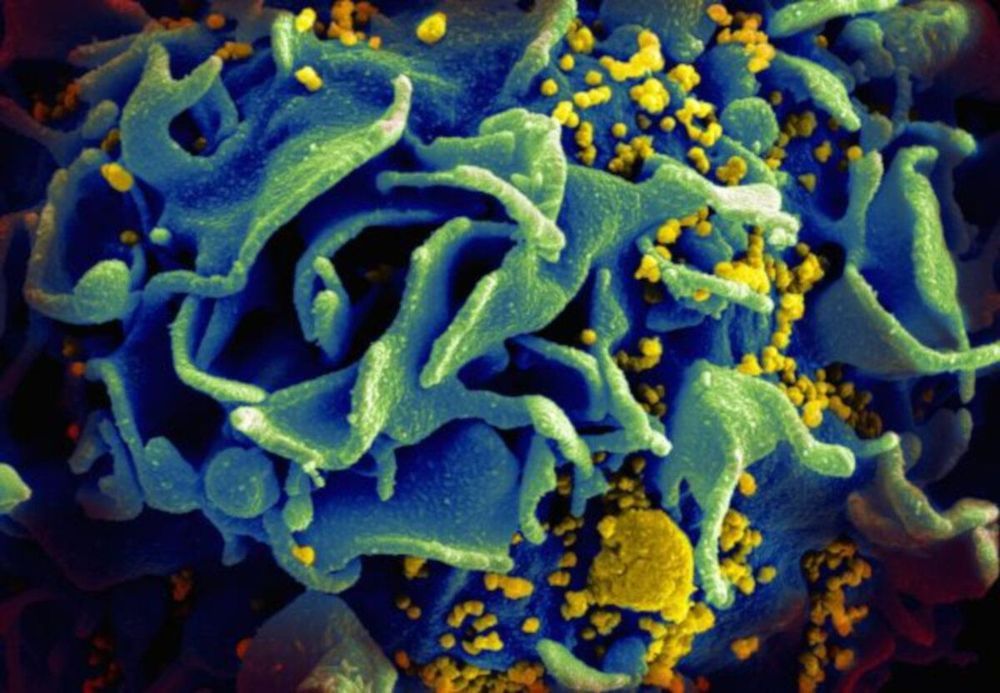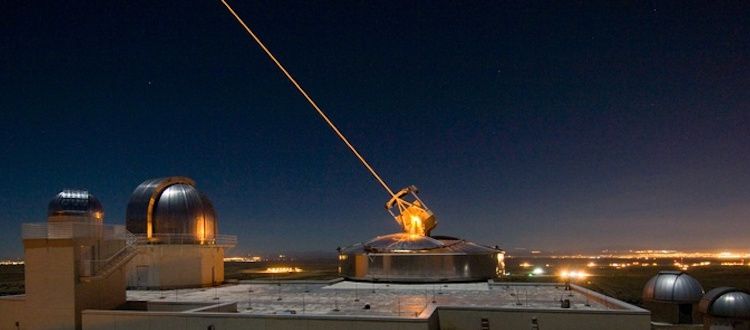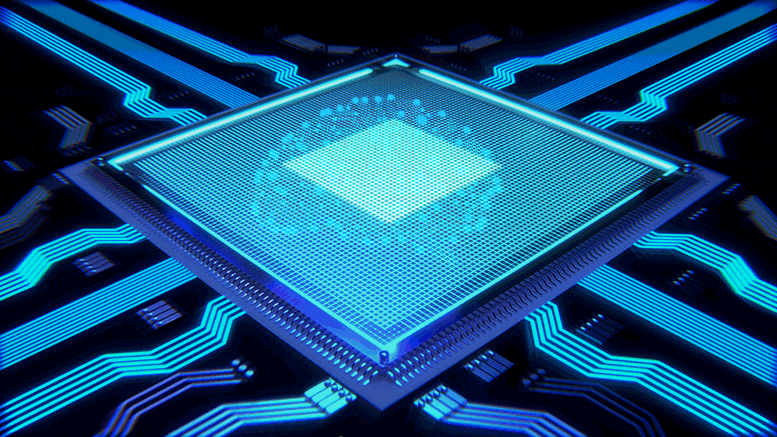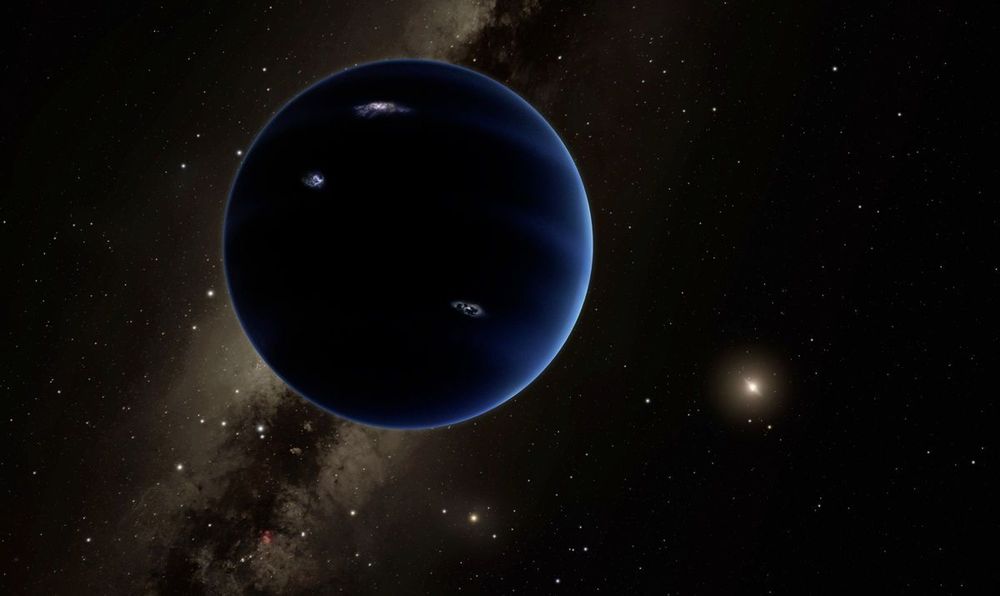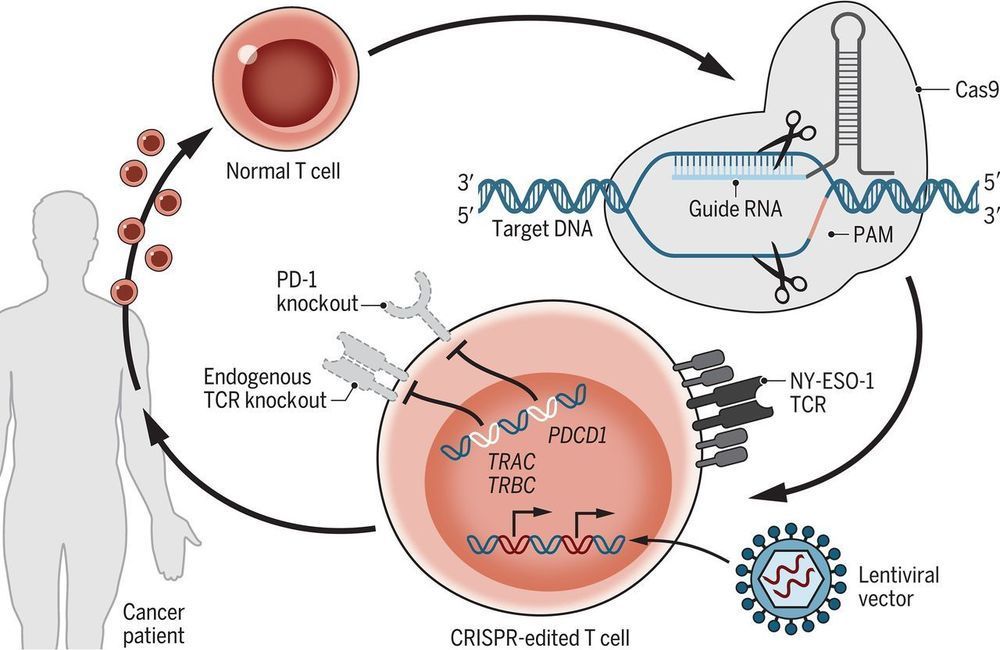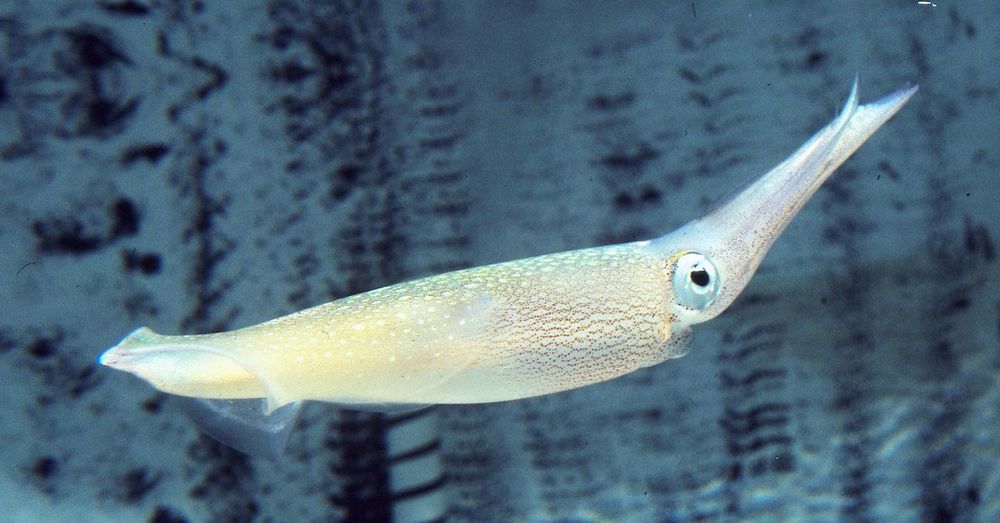Jun 21, 2020
New adjuvant successful in extending immunity against HIV
Posted by Omuterema Akhahenda in category: biotech/medical
Researchers at the Yerkes National Primate Research Center and the Emory Vaccine Center (EVC) are first to show a new adjuvant, 3M-052, helps induce long-lasting immunity against HIV. The study results are published today in Science Immunology.
In this pre–clinical study that included 90 rhesus monkeys, the researchers showed 3M-052, a new, synthetic small molecule that targets a specific receptor (TLR 7/8), successfully induced vaccine-specific, long-lived bone marrow plasma cells (BM-LLPCs), which are critical for durable immunity. In a striking observation, 3M-052-induced BM-LLPCs were maintained at high numbers for more than one year after vaccination. This prolonged interval is not only feasible in monitoring pre–clinical effectiveness, it is also highly informative in down selecting vaccine candidates.
First author Sudhir Pai Kasturi, Ph.D., an assistant professor in the Department of Pathology and Laboratory Medicine and a research assistant professor at Yerkes and the EVC, says, “We have known adjuvants are critical immunity-boosting supplements that help improve the effectiveness of vaccines. Until now, however, it has been unclear which class of adjuvants can promote stable and long-lived immunity in nonhuman primate models. Our study provides that information.”
